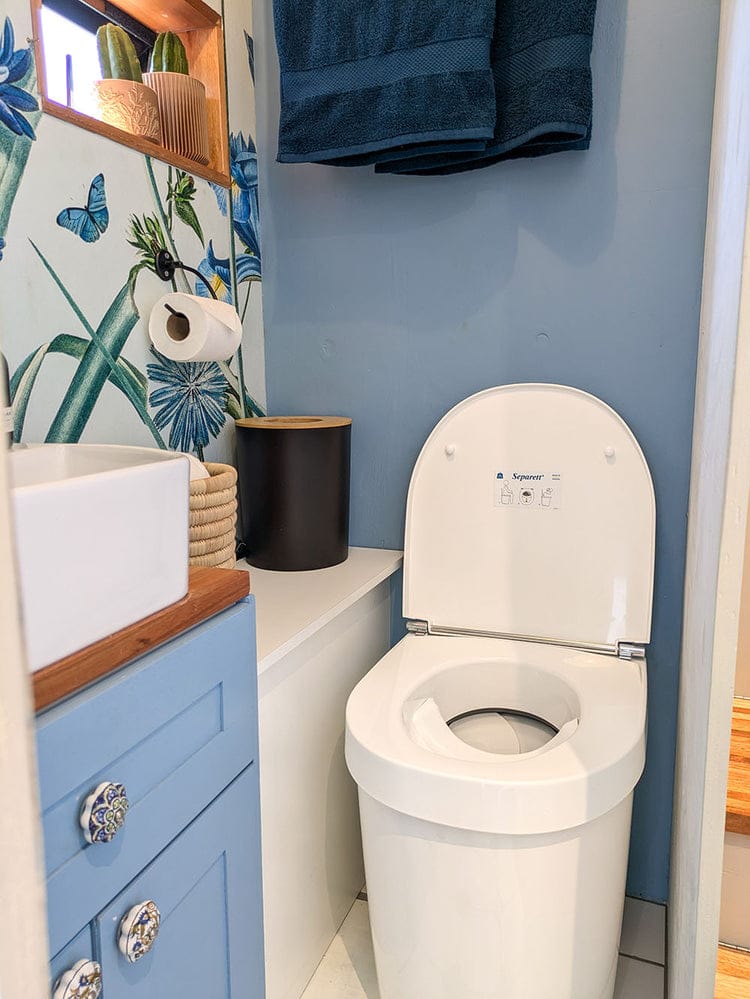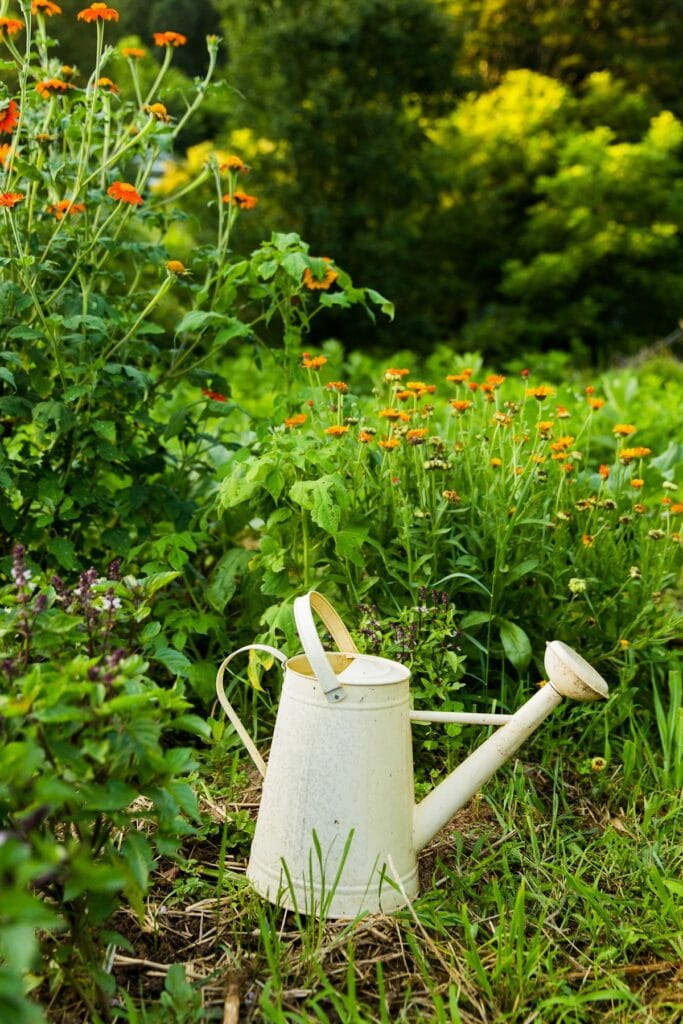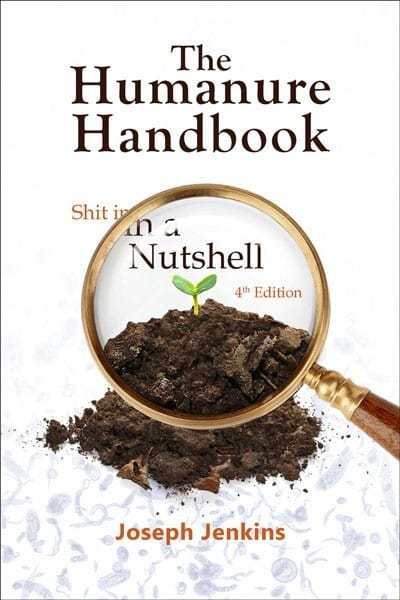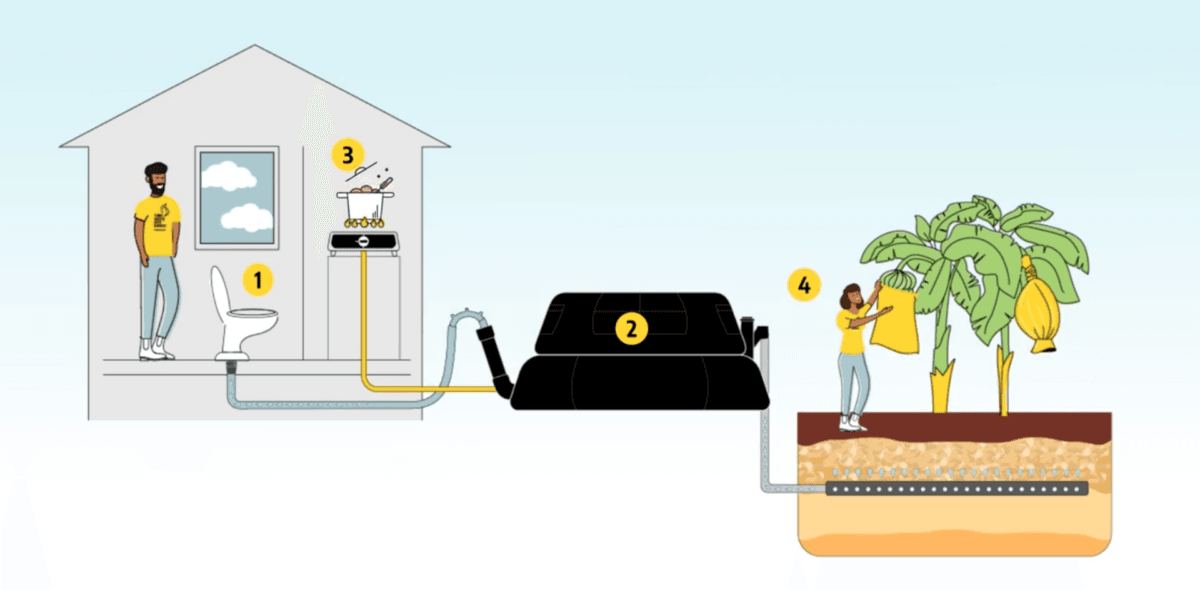The idea behind composting toilets for tiny homes is simple: You and your tiny house can stay off-grid or travel without needing RV water and waste hookups. A tiny house composting toilet can also free you from investing in the installment of a septic system. When you factor in the installation costs and plumbing hookups of a regular toilet, a composting toilet is a far cheaper option. It can also serve as a stopgap if you need to buy time before connecting your tiny house to water and sewage hookups. For other folks, the decision to build an ecologically responsible tiny house may mean choosing a composting toilet to help reduce water use, as regular flush toilets waste a lot of water with each push of the handle.


Ideally, you’ll want to choose a composting toilet before you complete your tiny house designs. This way, you’ll allow enough square footage for the model you pick, and you’ll be able to plan for electrical configurations or fan exhaust outputs. If you’re not sure where to start, consider a tiny house building class to gain familiarity with the building process and learn the skills necessary to complete your project.
Will a composting toilet release an odor?
Surprisingly, composting toilets don’t smell. The models mentioned in this blog separate urine from solid waste, which is the key to eliminating odor. If you empty and clean it regularly, you shouldn’t have any problems. Also, as long as you install the proper ventilation methods for the tiny house composting toilet you choose and/or resupply your toilet with the materials necessary, you won’t contend with stink.
When to empty your composting toilet
Most of the models on the market only need to be emptied of solids about once a month, based on a tiny home with two people living in it. In the models mentioned below, the urine is stored in a separate container. Ideally, you’ll empty that every other day. Note that urine is sterile, and if watered down, can be used to help your plants grow. Otherwise, try to dump the urine in different spots to avoid creating an area with a concentrated smell. If you plan to keep your tiny home on wheels and travel to campgrounds, you can empty this container at an outhouse or similar facility.


Ready to Join?
Our picks for the Best Composting Toilets for Tiny Homes
Separett Villa 9215 Composting Toilet
This Separett model has a shield that keeps your waste out of view when you’re not using the toilet. With each use, the toilet separates urine from solid waste. The secret to this design is a 12-volt fan that essentially dehydrates the solid waste, keeping odors away. One of the advantages of the Separett design is that no sawdust or other materials are necessary. Another is that, after each deposit, the toilet rotates the catch container to fill evenly. Some Separett models allow you to line the catch bin with a bag, making for easier removal. At the time of writing, the cost of this composting toilet is $989.
Nature’s Head Dry Composting Toilet
The Nature’s Head composting toilets — choose from the original Nature’s Head Composting Toilet or Weekender models — have venting hoses that push air outside of your tiny home. One of the biggest differences between these two models is size; the Weekender model accommodates smaller spaces. Both separate urine from solid waste, thus eliminating any odors. At the time of writing, either model costs $995.
This brand of composting toilet requires an agent to help facilitate the breakdown of the solid waste. Some users prefer peat moss, whereas others rely on coconut coir, which is made from the husks of coconuts and sold in 5- and 10-pound bricks. If using coconut coir, use an ice pick or something similar to break up the bricks into smaller pieces until the consistency is similar to soil.
With the Nature’s Head models, after adding the agent, there’s an agitator. Turning the handle mixes the agent with the solid waste. This type of toilet starts the process of converting your solid waste into garden-ready fertilizer. However, if you intend to use your waste as fertilizer, you have to take several more steps first (detailed further in the “Humanure Handbook” by Joseph Jenkins). If you’re not interested in introducing your solid waste to the garden, simply bag it up and take your dumps to the dump, aka the landfill. Think of your bagged-up waste as similar to a disposable diaper, but without all the plastics and chemicals.


Home BioGas Toilet
This setup is more expensive and more involved, but the result gives you usable fuel. As with the other composting toilets, this one collects urine and solid waste separately. Your urine can be diverted to a greywater system, if you plan on utilizing one. With a biogas toilet, your waste is first collected in a tank. While your waste is being stored, the tank creates methane, which you can use as cooking fuel — and, no, it’s not smelly at all. The waste-to-methane process requires 20 days and the addition of sawdust, coconut coir or peat moss. In addition to the methane, this process produces usable fertilizer as well. It is worth noting that this system is more suitable if you build your tiny home on a foundation and you do not plan to move it often, if ever. It’s also a great option for folks who wish to be as off-grid or remote as possible, because it can eliminate the need to buy propane for cooking. The cost of the Bio-Toilet Kit 2, at the time of writing, is $1,455.


How to choose the right tiny house composting toilet
If you’re still not sure which model will work best for your tiny home and your budget, ask more questions. Tiny home communities on Facebook and elsewhere can be ideal resources for learning what will match your tiny home vision. Many folks in these communities have experience with the above models and can share their knowledge. Or consider taking a tiny house building class to learn more about the process and the specific requirements you would have for your tiny house composting toilet.

